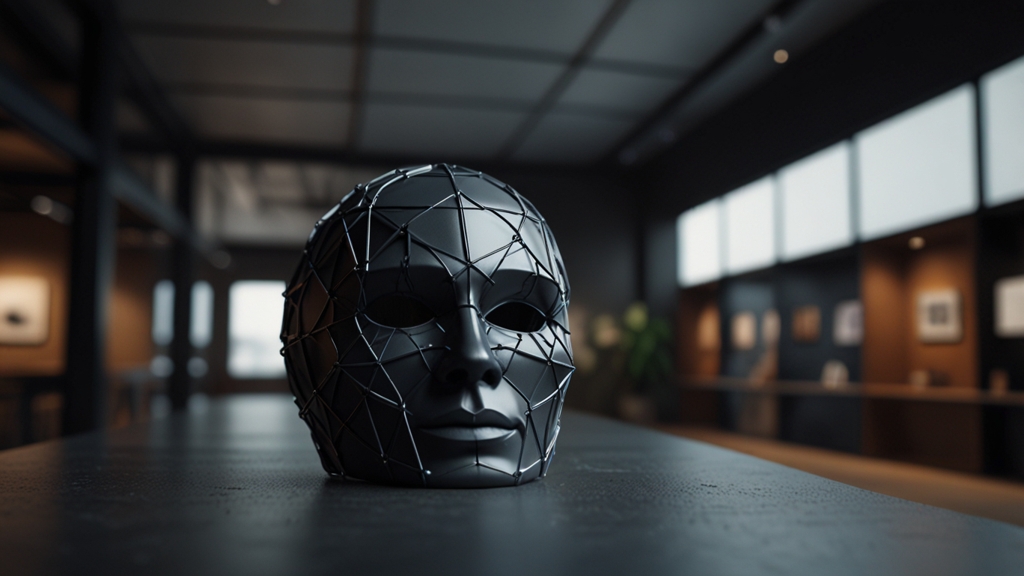Incredible Camouflage: How Ocean Creatures Blend Into Their Environment
The underwater world is a realm of wonder, teeming with life forms that have evolved incredibly diverse strategies for survival. Among these strategies, camouflage stands out as one of the most fascinating. This article delves into the incredible ways ocean creatures camouflage themselves, offering a glimpse into the complex interplay between these animals and their environment.
Masters of Disguise: The Octopus
The octopus is arguably the most renowned master of camouflage in the ocean. These intelligent cephalopods possess specialized skin cells called chromatophores, iridophores, and leucophores. Chromatophores contain pigments that can expand or contract to change the octopus's color. Iridophores reflect light to produce iridescent hues, while leucophores scatter light, helping the octopus blend seamlessly with the underwater environment.
"Watching an octopus disappear against a coral reef is nothing short of magical. It's like nature's own version of a high-tech invisibility cloak," said marine biologist Dr. Sarah Thompson.
In addition to color changes, octopuses can alter the texture of their skin to mimic rocks, coral, or seaweed, enhancing their ability to elude predators and surprise prey. This combination of color and texture adaptation makes the octopus an unparalleled camouflage artist in the ocean.
Flat and Stealthy: The Flounder
Another prominent example of aquatic camouflage can be found in the flounder. These flatfish lie on the ocean floor, often partly buried in the sand. Their coloration and patterning closely match the seabed, making them nearly invisible to both predators and prey.
Flounders have the remarkable ability to adjust their color to match their surroundings. Specialized cells in their skin, called chromatophores, allow them to change shades and patterns in response to environmental stimuli. This adaptation not only helps them avoid detection but also enables them to ambush unsuspecting prey.
Transparent Wonders: The Glass Squid
Some ocean dwellers take a different route to camouflage—transparency. The glass squid, for instance, has a body that is almost entirely transparent. This transparency makes it extremely difficult for potential predators to spot the squid in the open water.
"Transparency is a brilliant strategy in the pelagic zone, where there are few places to hide. By being see-through, these creatures effectively disappear into their surroundings," explained oceanographer Dr. Emily Carter.
The glass squid's transparency is complemented by bioluminescent organs, which can help it blend in with the varying light conditions in the ocean. By matching the intensity of downwelling light, these squids can render themselves virtually invisible to predators lurking below.
Masters of Mimesis: The Leafy Seadragon
Nature's propensity for creativity reaches its zenith with creatures like the leafy seadragon. Resembling floating seaweed, these marine marvels use their intricate leaf-like appendages to blend into their surroundings. Native to the coastal waters of southern and western Australia, leafy seadragons are experts in masquerading as drifting plant material.
Their unique appearance is bolstered by subtle movements that mimic the sway of seaweed, making it extremely challenging for both predators and divers to distinguish them from the vegetation. This extraordinary form of camouflage is known as mimesis, where the organism imitates not just the look but also the behavior of another object to avoid detection.
Conclusion
The ocean is a battleground for survival, and the army of creatures that inhabit its depths are armed with remarkable adaptations like camouflage. From color-changing octopuses and stealthy flounders to transparent squids and mimetic leafy seadragons, the diversity of camouflage strategies is a testament to the ingenuity of evolution.
As we continue to explore and study the enigmatic world beneath the waves, these incredible examples of camouflage not only deepen our appreciation for marine life but also inspire us with the endless possibilities of adaptation and survival.







